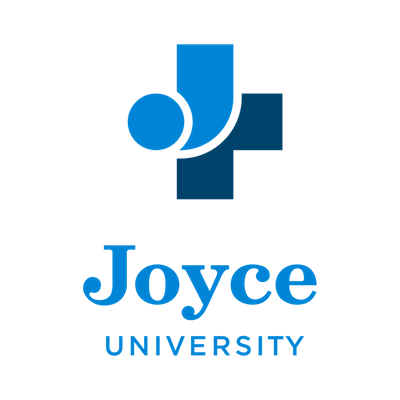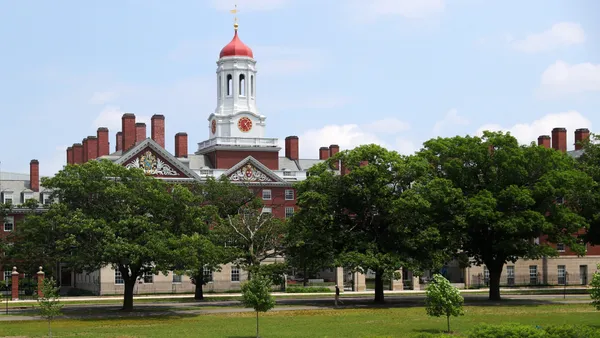Dive Brief:
- Free college initiatives have grown at "an astonishing rate" in recent years — totaling 22 programs across 19 states — but some plans may have eligibility requirements and other "design choices" that limit their positive impact, according to a new report from The Century Foundation.
- Since 2014, investment in so-called "promise" programs rose by an average of $107 million annually. Free college efforts make up almost one-fourth of the growth in student financial aid from the states since 2015.
- However, 11 such programs launched since 2014 are "both last-dollar and limited to tuition and fees," the report explains, meaning students must pay for costs such as housing and transportation. Some states' eligibility restrictions mean as few as 5% of students end up qualifying.
Dive Insight:
Because free college programs make up a fast-growing segment of student aid, it's critical to design them in a way that "fulfills their promise" to "address serious affordability challenges," the report's authors contend.
Promise programs are expected to make up roughly 12.1% of all state student financial aid in 2020 as they spread among the states and gain popularity with policymakers.
As a result, getting the design features right is important, the authors explain.
On one hand, properly designed and implemented programs have positive effects on student outcomes. The University of Michigan, for example, was able to recruit more high-achieving, low-income students through a low-cost mailing campaign that promised them four years of free tuition and fees.
Similarly, the Kalamazoo Promise, which provides scholarships for all graduates of a Michigan high school district, has shown to increase college enrollment and credential attainment. Other states with promise programs, such as Rhode Island and Tennessee, also have pointed out their successes.
However, The Century Foundation and others have noted that eligibility restrictions — which may make adult or part-time students ineligible — often limit access by those who need the support. Additionally, limiting the aid to tuition and fees doesn't account for college costs beyond tuition that could price low-income students out of attendance.
Recent research backs those ideas. A free college program in Milwaukee, for instance, had little effect on college attendance or high school performance because its requirements limited the pool of eligible students and there was little support for students at participating schools.
Other states have caught flak for restrictions on their programs. In April, West Virginia rolled out a last-dollar free college program that requires students to maintain a 2.0 GPA, perform two hours of community service, remain in the state for two years and pass a drug test. Critics previously said the latter requirement may prevent some students from participating and therefore make the program less effective.
Additionally, non-tuition financial incentives may boost the effectiveness of promise programs. Earlier this year, the consulting firm MDRC found that students in the Detroit Promise Program accumulated more credits if they had extra support, including a $50 monthly stipend and meetings with coaches.











